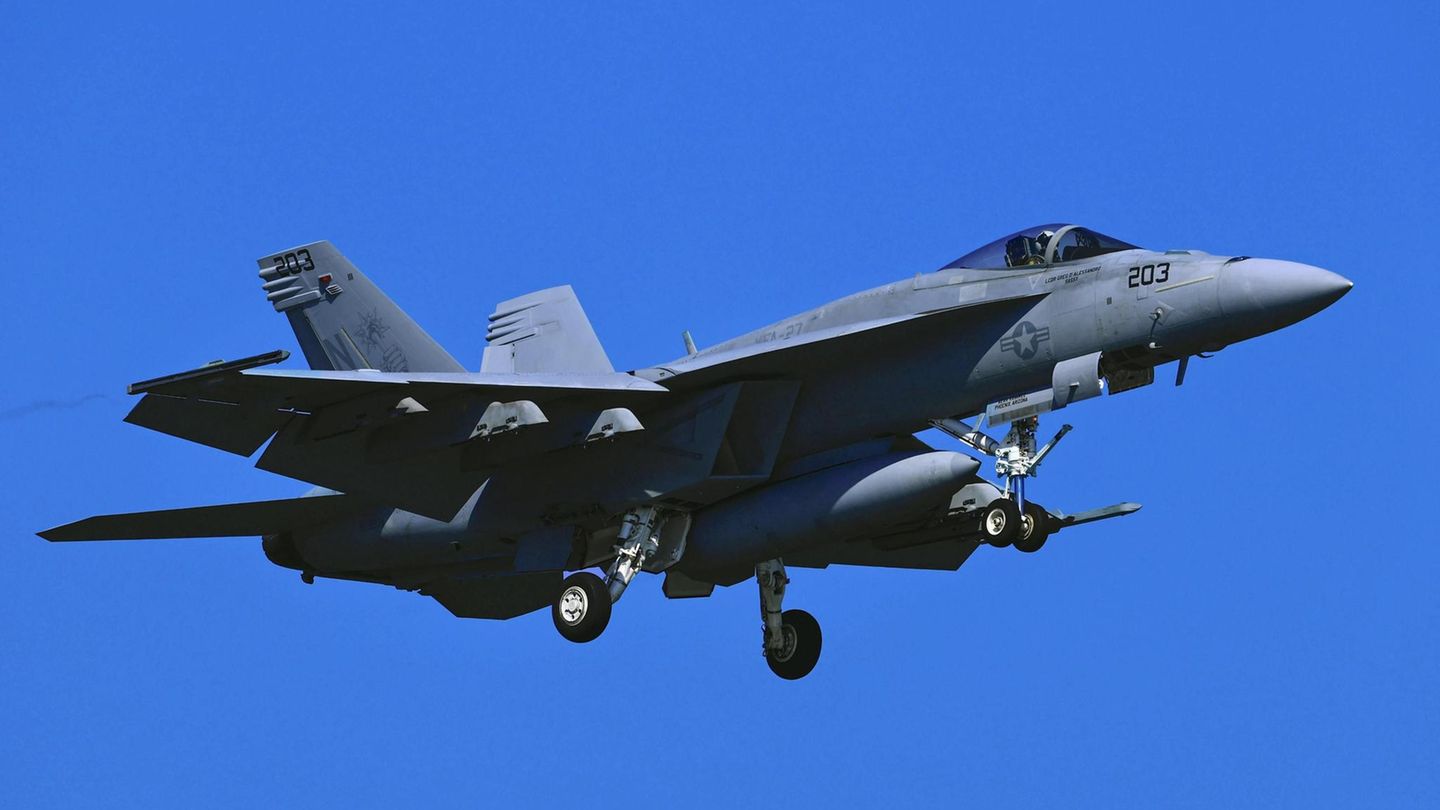The inflation is on track to close the year at its lowest level in several years. If nothing unforeseen happens, the CPI will close with an annual increase close to 5.5%, something that has not happened since 2005. The contractionary monetary policy of the Central bank, the lowering of dollar (partly linked to the above) and a certain cyclical effect on prices (after last year’s increases), explain this number. He BCU will surely continue with a contractionary monetary policy until the expectations of inflation fall enough to enter the target range, which ranges from 3 to 6% annually.
According to the business expectations survey of inflation which is produced every month by INE, businessmen reduced their median inflation expectation for this year, going from 7.0 to 6.5%. By dint of blows of reality, they have incorporated that the inflation It will be much lower than what they expected just a few months ago. Even so, they maintain some skepticism for next year, with a median inflation expectation of 7%.
Confidence in the monetary policy of the central bank It is not yet complete, although it is improving, and business owners also feel the pressure on costs: in fact their median expectation of cost increases for next year is 8%, similar to what they expect for this year. Among the costs, salaries have a particular impact.
Food
The decline in inflation that was recorded in recent months had the “help” of several food prices that – after strong increases – fell, in some cases significantly. The attached table shows the evolution of some relevant foods. Food accounts for 23% of the general CPI, being the item with the highest weighting compared to other components of consumption (housing, transportation, health, etc.). This weighting tends to increase in the case of lower-income families.
The fact that Uruguay has beef as its main component in the food basket, implies an added challenge for the anti-inflationary policy, as more than 60% of meat is exported abroad. The historical demand push that led China It put strong pressure on the prices of this product, especially in 2022, when record export prices were reached; the possibility of importing attenuated the effect. Already this year, Chinese demand fell, producer prices fell and with them public prices. In the case of poultry meat, prices rose below the average index, although this market has some protection, more implicit than explicit.
Where the matter remains quite mixed is in the fruit and vegetable market. Apart from the serious problems that exist in the UAM, the production of fruits and vegetables not only continues to be protected, but – in addition – said protection has a high degree of discretion. The thing is that protection is not done through duty extraordinary (Uruguay could not do it) but through the release (or not) of authorizations sanitary (called Afidis) to which merchants access in order to import. The mechanism generates serious distortions and – although the MGAP has tried to make the matter transparent and rationalize – continues to be an obstacle to free supply and demand.
The production of fruits and vegetables (what is usually known as the “farming sector”) is important in social and – therefore – political terms. So it is not easy to untie this knot. It must also be clarified that a liberalization elderly is not a guarantee, at least in the short term, of lower prices: many times (as happened with the last drought) the supply falls on Uruguay and in the region, so the possibility of importing when it is lacking in the local market is limited. Still, in the long term further liberalization would surely have a positive impact on productivity and in consumer prices. Furthermore, given the high degree of indexation in the price dynamics of the Uruguayan economy, the upward push in prices is not fully compensated later by a similar decrease, since part of the increase was transferred to the general cost via the price index. , carrying the inflation, step by step, upwards. A fruit and vegetable market with less fluctuations (more trade) would also help contain inflation.
Source: Ambito




